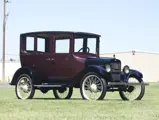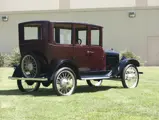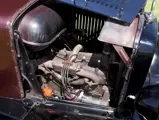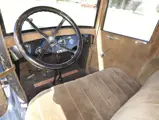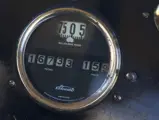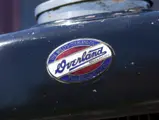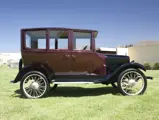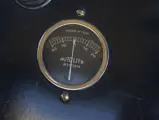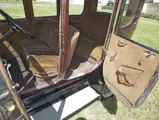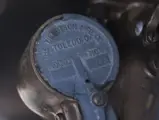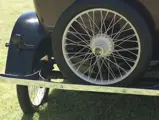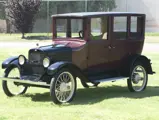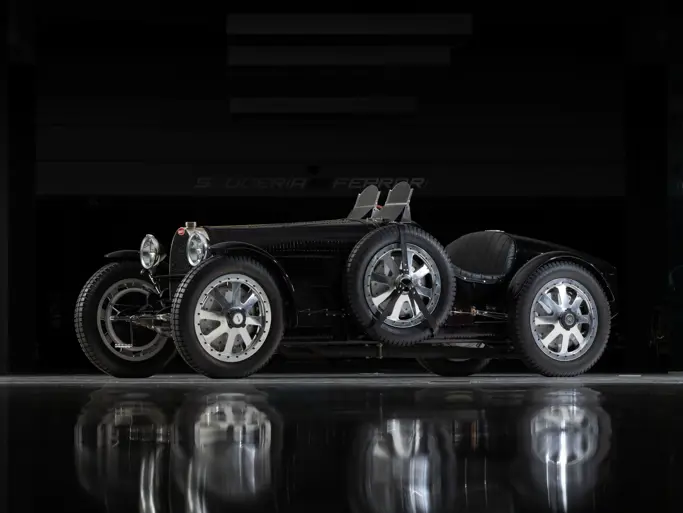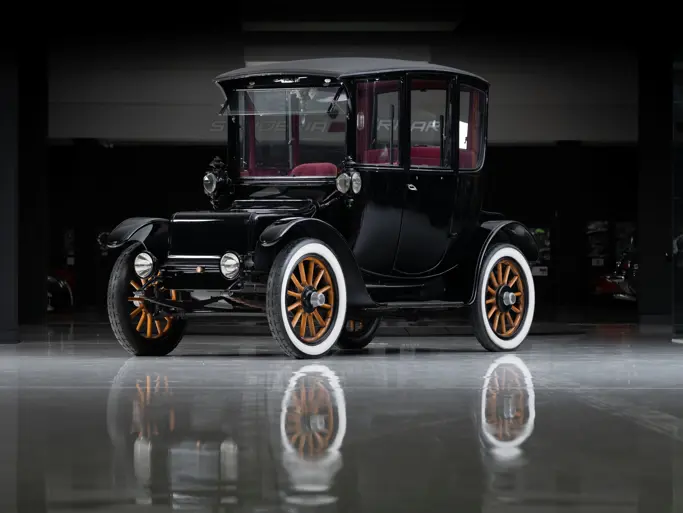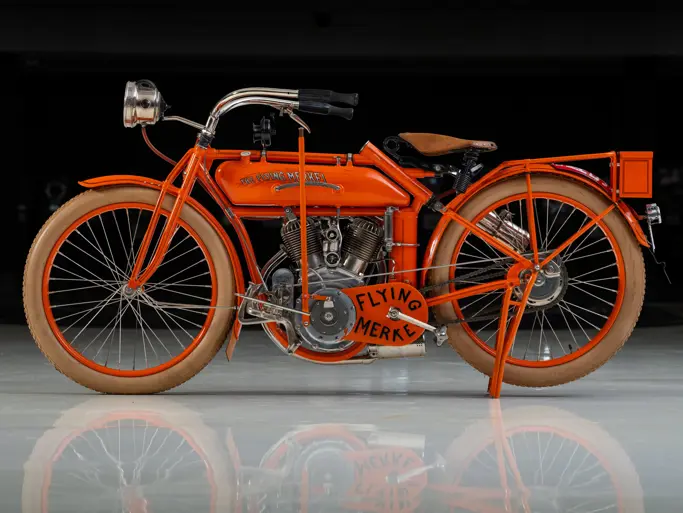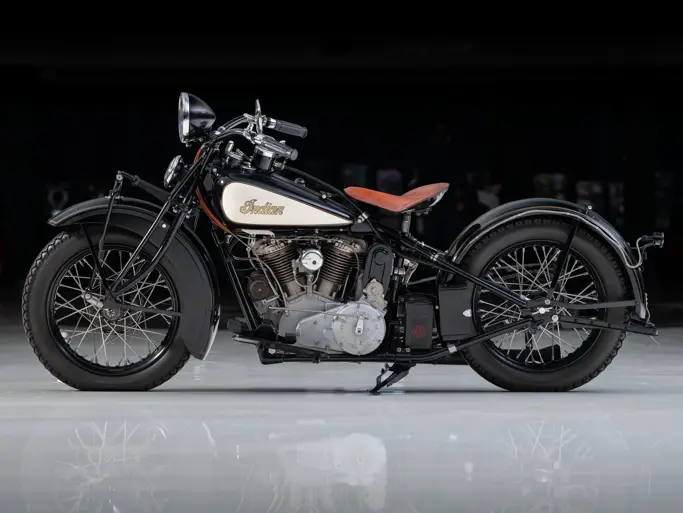Hershey 2011
1922 Overland Model 4 Sedan
From The Nethercutt Collection
{{lr.item.text}}
$11,000 USD | Sold
 | Hershey, Pennsylvania
| Hershey, Pennsylvania
{{internetCurrentBid}}
{{internetTimeLeft}}

27 bhp, 143.1 cu. in. inline L-head four-cylinder engine, three-speed manual transmission, solid front axle and live rear axle with “triplex” quarter-elliptic leaf springs, and two-wheel mechanical drum brakes. Wheelbase: 100"
- Offered from the Nethercutt Collection
- A rare competitor to the Model T
- Quality older restoration
The story of how John North Willys saved the struggling Overland Auto Company is well known. Willys, an aggressive Elmira, New York, dealer, contracted for 500 cars in 1907. When the cars failed to appear, he went to the factory in Indianapolis to find out why. Finding the works in disarray, he rolled up his sleeves and set the company on the road to success, paying the workers out of his own pocket and building cars in a circus tent until more factory space could be built. Production for 1909 reached nearly 5,000 cars, and three times that many a year later. By 1912, Willys-Overland was second only to Ford in production.
Having offered a range of models, both four- and six-cylinder (in addition to the flagship, sleeve-valve Willys-Knight), Willys-Overland concentrated on the entry-level market from 1919. The Overland Light Four had a 32 bhp four-cylinder engine and rode a 106-inch wheelbase. Although at $985 for an open tourer it was nearly twice the price of Ford’s Model T, it was nearly the same size and quite a bit more sophisticated. The following year, the Overland was downsized slightly (27 bhp engine, 100-inch wheelbase), a size it would keep until the model was phased out in 1926 in favor of the low-priced Whippet.
The Nethercutt Collection purchased this 1922 Overland Model 4 Sedan in 2001 from Kermit Wilson of Edina, Minnesota. It is an older restoration, dating from its previous ownership, but presents well in maroon over black, with white wire wheels.
Although it has a more modern drive train than the Model T, a sliding gear transmission and oil-filled clutch, the Model 4 Overland mirrors some of the Ford’s simplicity. The suspension uses two leaf springs, front and rear, but in a triangulated “triplex” configuration. Two quarter elliptic springs at each axle cantilever inward to the chassis at an angle. Until 1922, the Model 4 used a gravity-feed fuel tank located in the cowl, a harbinger of Ford’s Model A, and offered much better operation than the Model T’s under-seat tank.
Although Overland production in the early ’20s hovered close to 100,000 annually, the cars are very scarce today. This car is one of the nicest you’ll find in a body style that is suited for all kinds of weather.

